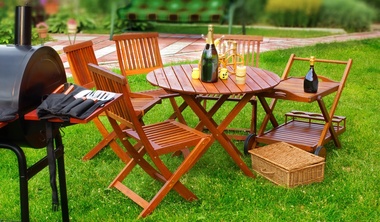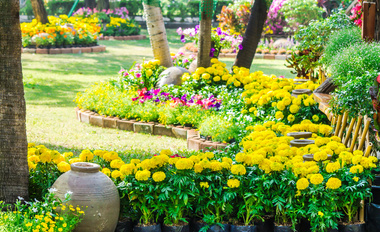
Parents may also be considering buying a home for their young adult children, who can pay rent to their parents, perhaps splitting it with a roommate. Read on to learn about some of the reasons that investing in real estate is a great idea.
Reason #1: Real estate is an appreciating investment
While some markets can become stagnant or temporarily decrease in value, the long-term real estate market trend usually follows an upward trajectory. Over time, your property is likely to increase in value, allowing you to make more money if or when you eventually sell the property. As with most investments, there are no guarantees; but real estate can be an important part of a long-term investing plan.
Reason #2: Real estate can boost your monthly cash flow
A real estate investment can increase your monthly cash flow in the form of rent. This is a major selling point for many investors, since they may not reap the benefits of traditional investments until much later in life.
That being said, do not underestimate the cost of owning and managing a property. In addition to your mortgage payment, you will be responsible for property taxes as well as ongoing maintenance on the property. Some years, this might be a very small amount, but you should make sure that you are prepared for inevitable, pricey repairs as well. A good rule of thumb is to save between 10 and 20 percent of your rental income for future maintenance issues. In the long term, you will want to ensure that the rent payments you collect are enough for you to cover all of these costs and have a little extra left over as profit.
Reason #3: The longer you own an investment property, the more profitable it becomes
Every investor's goal is to increase his or her monthly cash flow and, in the long term, increase his or her net worth. Achieving this through investment properties becomes easier the longer you own a property. This is because rent prices and home values typically rise over the long term, but a fixed-rate mortgage remains the same.
Reason #4: Investing in real estate can provide immediate gratification
Some people prefer to own something concrete rather than relying on the volatility of the stock market. As long as you have a well-planned strategy for how you will pay the costs associated with your investment property, real estate is a relatively safe and stable investment.
If you have extra money that you would like to invest outside of your more traditional investments, and have carefully considered your long-term investment strategies and the risks involved, give us a call about properties you can buy to improve both your long-term investing prospects and immediate cash flow.

